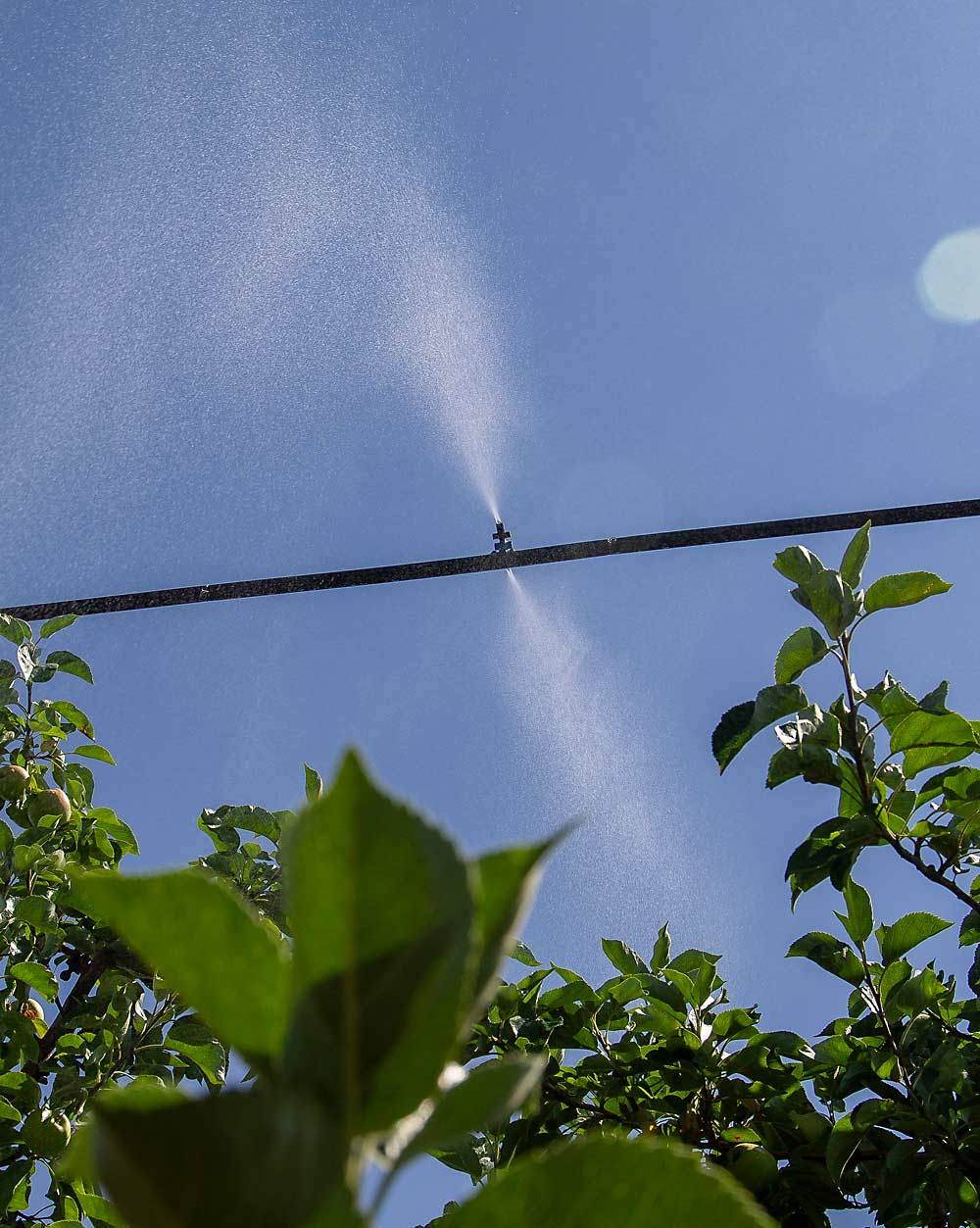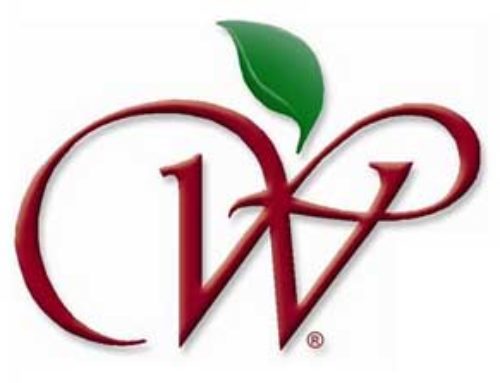—by Claire Murphy, Washington State University

In May 2024, the U.S. Food and Drug Administration released the final version of the preharvest agricultural water requirements regarding water that is intended to come into contact with the harvestable part of the produce (e.g., irrigation, frost protection, evaporative cooling and foliar sprays), under the Produce Safety Rule. At the time, I was attending the Western Regional Center to Enhance Food Safety conference with a group of extension professionals who were also focused on education related to the Food Safety Modernization Act and its Produce Safety Rule.
As we all sat together and reviewed the newly finalized rule, many of us were surprised to discover a significant change: the microbial die-off mitigation measure of a 0.5 log reduction per day for up to four days (if water quality was not adequate), which had been included in both the original 2015 rule and the draft updated rule, was replaced. The new rule, which has compliance dates as early as April 2025, now required producers to have scientifically valid data specific to their unique conditions — such as crop type and regional factors.
Fortunately for Washington apple growers, research conducted by Washington State University and the Washington Tree Fruit Research Commission between 2014 and 2016 provides valuable insights into relevant microbial die-off. While the original commission report aided apple growers in making decisions regarding regulatory changes, we recently applied updated statistical modeling to the data and submitted our findings to a peer-reviewed scientific journal. As a result, two peer-reviewed publications are now available, offering evidence-based support to the Washington tree fruit industry on time-to-harvest intervals and demonstrating the duration needed for microbial die-off following agricultural water application.
Understanding these trials, and the conclusions we were able to draw from them, can help producers to back up the risk mitigation plans now required for preharvest agricultural water.
During data collection, in-field apples were artificially inoculated with generic E. coli after sundown, to reflect the last application of potentially contaminated water prior to harvest. The survival of generic E. coli was monitored for 156 hours post-inoculation. Over three years of field trials, 9,137 apples were evaluated across multiple factors to capture the diverse practices and variability representative of the Washington industry. Those factors include:
—Apple variety: Gala, Golden Delicious and Fuji.
—Evaporative cooling treatment: conventional with untreated surface water, misting with untreated surface water, and no cooling at all.
—Canopy location: high and low within the tree canopy.
—Fruit maturity: mature and immature.
—Growing region: Wenatchee and Prosser.
—Year: 2014, 2015 and 2016.
—Sunlight exposure: full sun and shaded.
—Inoculation level: 7 log colony forming units (CFU) per apple and 3.5 log CFU per apple. Colony forming units, CFU for short, are the number of microbe cells present in a sample that could potentially form a colony and are what microbiologists count to do this sort of research. (To translate the logarithmic math, which follows exponential growth, a 7 log inoculation has 10,000,000 CFU and a 3.5 log inoculation has 3,126 CFU.)
Results showed that a 2 log (or hundredfold) CFU per apple reduction in E. coli was achieved within 10 hours, regardless of other factors. Apples with a low inoculation level reached this reduction by 18 hours. Nonlinear models provided the best fit for die-off curves across all scenarios, indicating a rapid initial decline in E. coli followed by a slower, tailing phase. Among the examined factors, apple variety influenced die-off rates, but the difference of 0.10 log CFU per apple per day was not biologically significant. Neither conventional nor misting evaporative cooling treatments significantly affected die-off rates as compared to untreated apples. Canopy location, orchard location and year had no measurable impact. However, E. coli populations declined faster on apples exposed to full sun than on those in the shade.
The data suggest important practical implications for the Washington apple industry. To account for the slower die-off of lower levels of E. coli, which is common in Washington’s irrigation districts, waiting 10 to 18 hours after exposure to potentially contaminated water before harvesting allows for significant microbial reduction. This is typically achievable overnight. This approach supports the continued use of foliar water application until the day before harvest. The use of overhead evaporative cooling systems, whether conventional or misting, did not significantly affect E. coli survival, confirming that agricultural water can be used for cooling apples to prevent sunburn up to the day before harvest.
While statistical differences in die-off rates were observed among apple varieties, these differences were not biologically significant, suggesting that harvest timing after foliar water application can remain consistent across varieties. Apples were inoculated at sundown to simulate a worst-case scenario with minimal ultraviolet radiation, yet substantial reductions in E. coli were still observed, with sunlight further accelerating die-off. Conducted over several years and sites in Washington, this study showed that factors such as year, orchard location, canopy position and structure did not influence E. coli survival, further supporting the relevance of these findings for apple production statewide.
These studies conducted by Washington State University and the Washington Tree Fruit Research Commission have generated robust data on the die-off rate of generic E. coli as the industry prepares for the final rule to take effect.
For more, check out our recently published papers: “Survival of Generic Escherichia coli on In-Field Mature and Immature Gala and Golden Delicious Apples With or Without Overhead Evaporative Cooling Treatment” in the Journal of Food Protection and “Impact of overhead evaporative cooling, canopy location, sunlight exposure, inoculation level, region, and growing season on the survival of generic Escherichia coli on in-field Fuji apples” in the Journal of Applied Microbiology.
Claire Murphy is an assistant professor and extension specialist for food safety at Washington State University. She can be reached by email at: claire.murphy@wsu.edu.






Leave A Comment